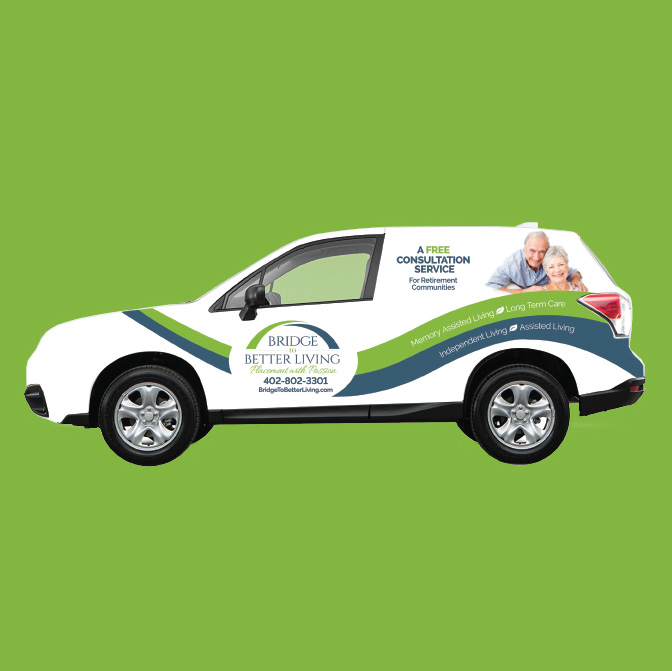
Mary Ann Stallings, CEO and founder of Bridge to Better Living, is delighted when the clients her team and she help place in assisted-living facilities show an improvement in health. This is a direct result of the teams’ dedicated commitment to finding the perfect arrangements for their clients. By Cindy Charette
Mary Ann Stallings, CEO and founder of Bridge to Better Living, is delighted when the clients her team and she help place in assisted-living facilities show an improvement in health. This is a direct result of the teams’ dedicated commitment to finding the perfect arrangements for their clients. As a Bridge to Better Living franchisee, you have the opportunity to assist your clients with locating facilities that are intentional about high-quality care, including client satisfaction, engagement, wellness and quality of life.
Can you picture helping your clients find a new home where they can wake up to a cup of coffee at the bistro before heading outside for a walk on the community nature trail? What if you could help them spend the evening in the sauna after a yoga or tai chi class to assist with balance issues? Or maybe help them enjoy an afternoon in the pool to relieve arthritis before they attend a fine arts production on a Saturday night? These are just a few examples of health-focused options now being offered by senior-living communities across the country. As a Bridge to Better Living franchisee, you help clients stay healthier by addressing cognitive and physical ailments and focusing on disease management and well-being through wellness activities and personal care.
In addition to bonus amenities that improve quality of life, some facilities also offer medical clinics on-site, which could include the care of an Advanced Practice Registered Nurse (APRN) as well as services for podiatry, vision and hearing, and centers for speech, occupational or physical therapy. Also, technology has become an even more prominent component of senior care, and many facilities offer telemonitoring to assist with taking blood pressure and pulse, or they provide telehealth options where a doctor’s appointment can take place over a Skype or Zoom call. Access to Alexa and Google products add even more daily value to residents.
Additionally, to meet the needs of couples who want to live together in the same community, Stallings is seeing more accommodations that offer two rooms for extra comfort. For situations where one person may need help with daily living and care but the other is still able to take care of himself/herself, Stallings has found independent-living communities offering assisted-living or memory care wings under the same roof. These varied-living arrangements provide couples with the opportunity to stay together, or at least close by, while their individual needs are met.
According to Stallings, some of the first self-care areas seniors start to neglect at home are meals and medications, which can quickly domino into falls and injuries. Laws differ from state to state, which results in some facilities that require three meals a day and around-the-clock care and other facilities that offer fewer meals and less care time. However, Bridge to Better Living franchisees know the laws in their states to better serve their clients’ needs. In the right living facility, both meals and medications can be closely monitored with one-on-one personal care.
Bridge to Better Living franchisees determine their clients’ needs and personalities and then match them with wellness amenities to improve their health. Since each client and facility are so different, Bridge to Better Living knows the right questions to ask to make the perfect match. For more information about a Bridge to Better Living franchise, visit bridgetobetterliving.com.
– Cindy Charette

